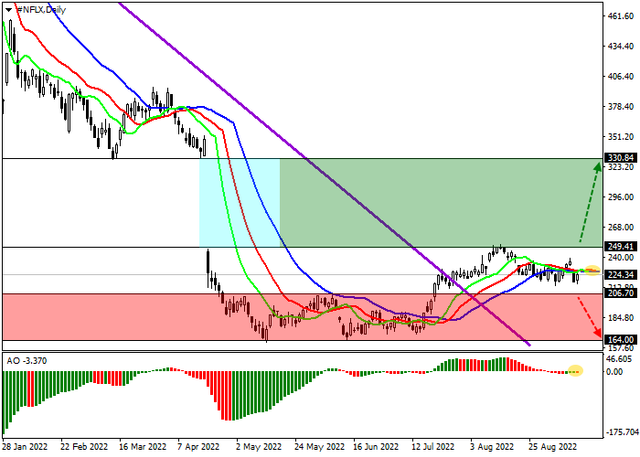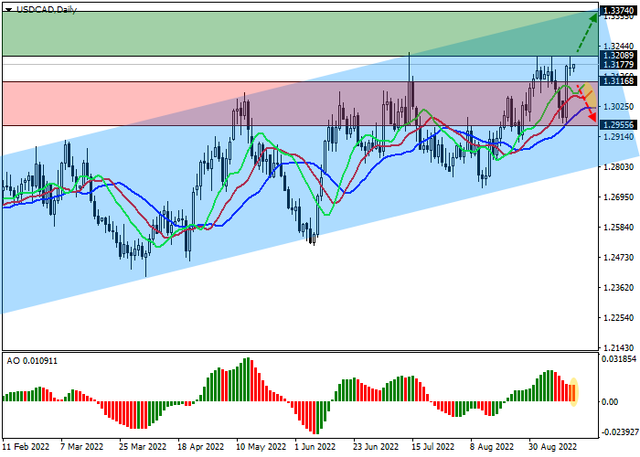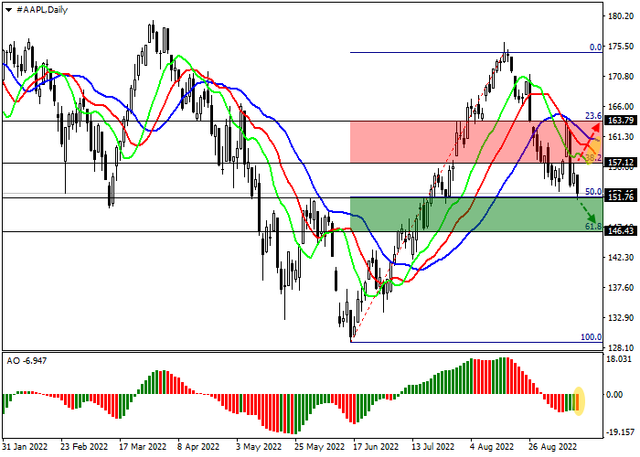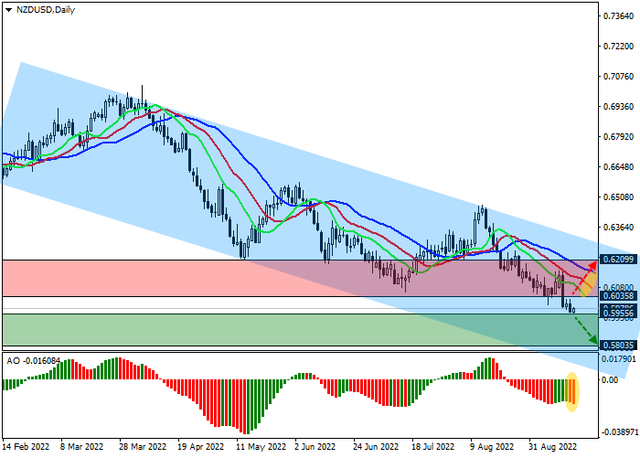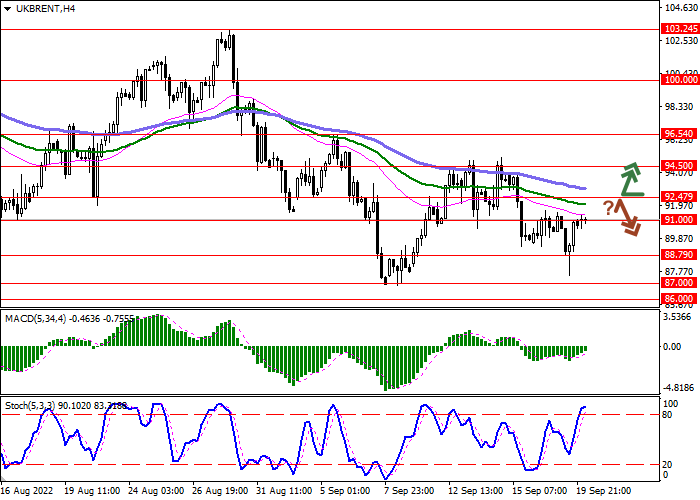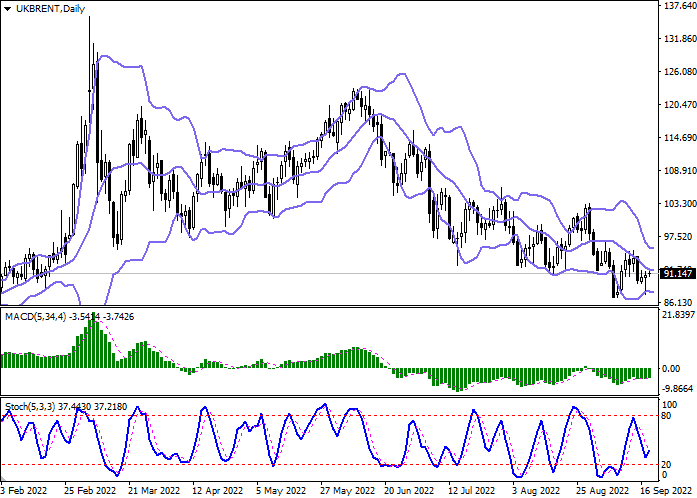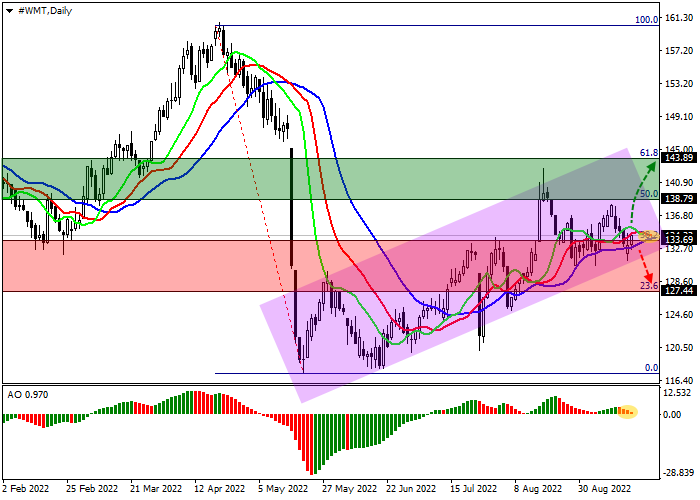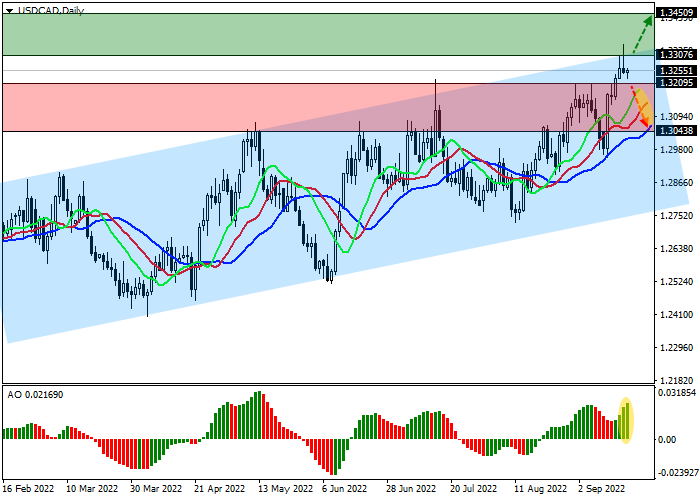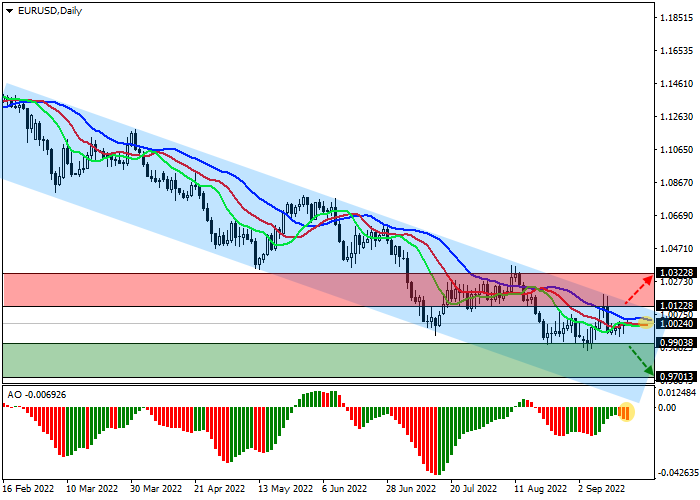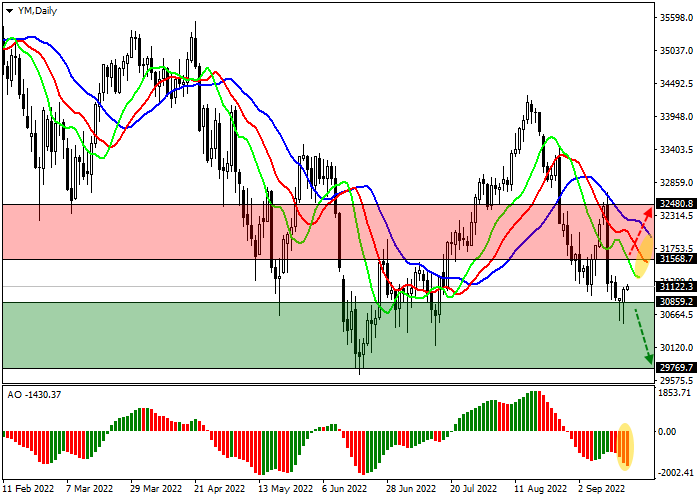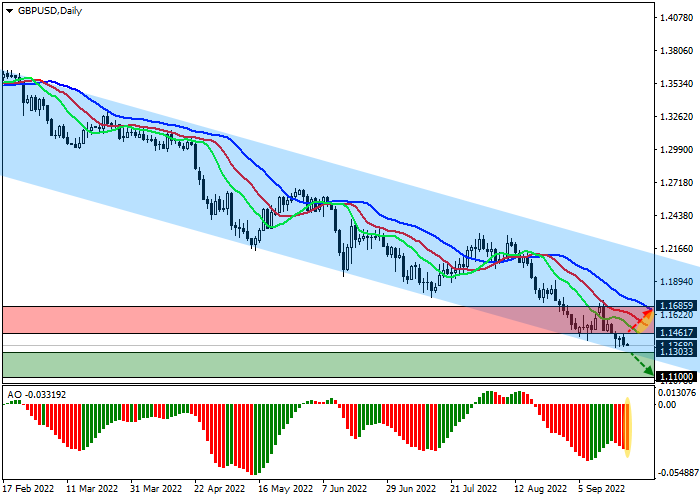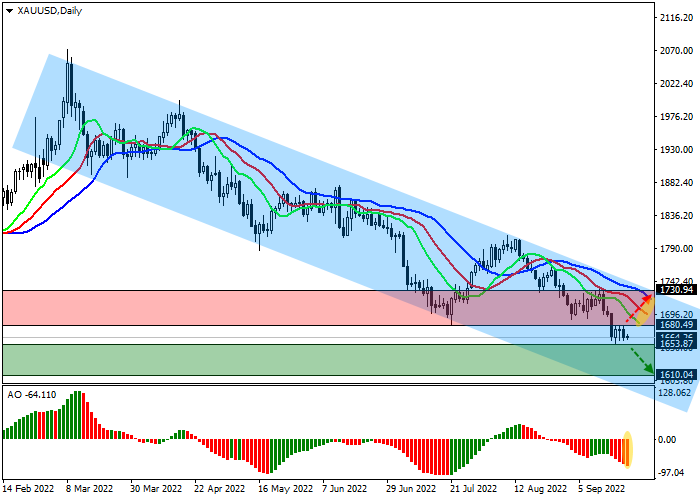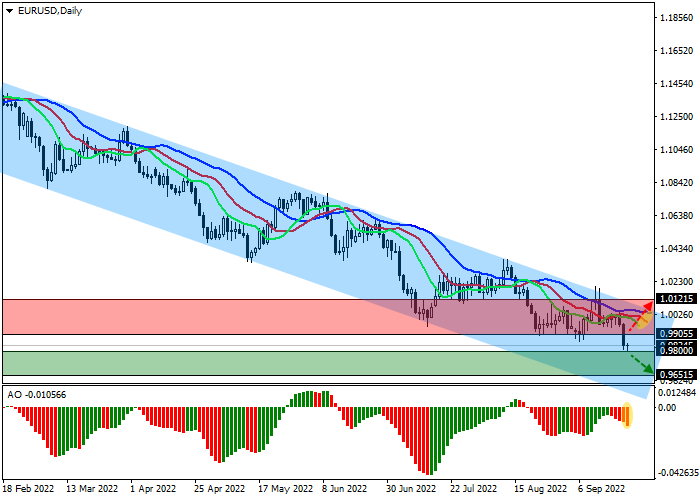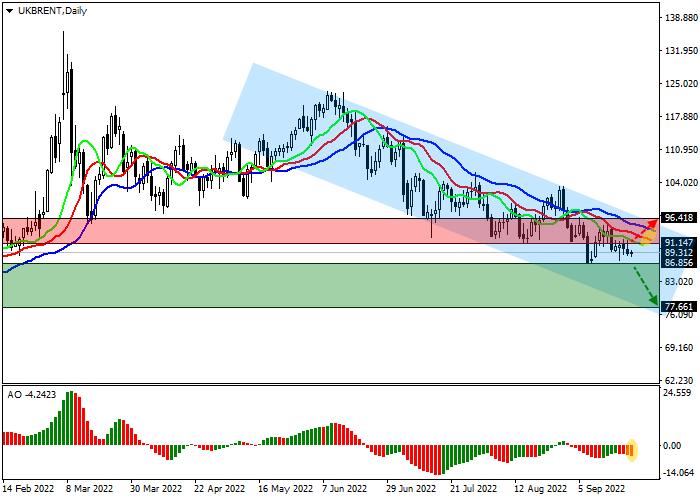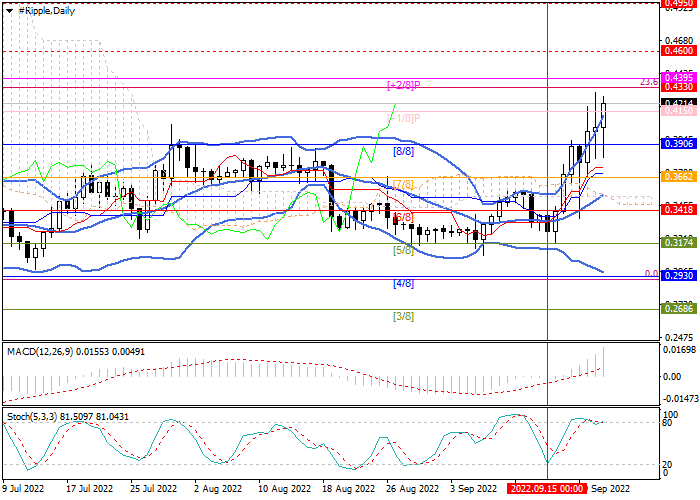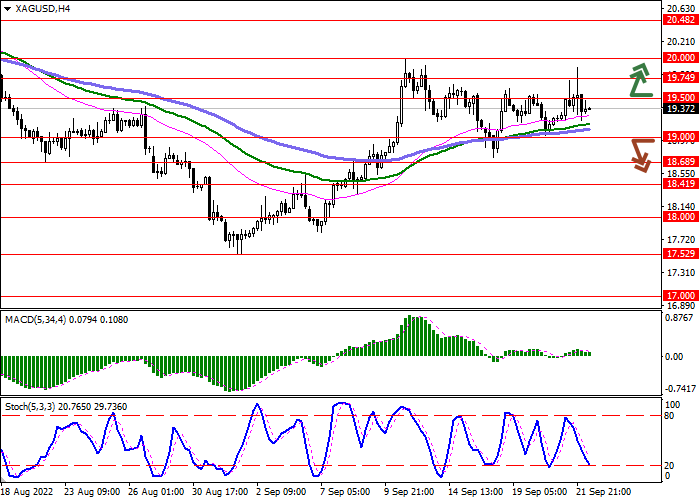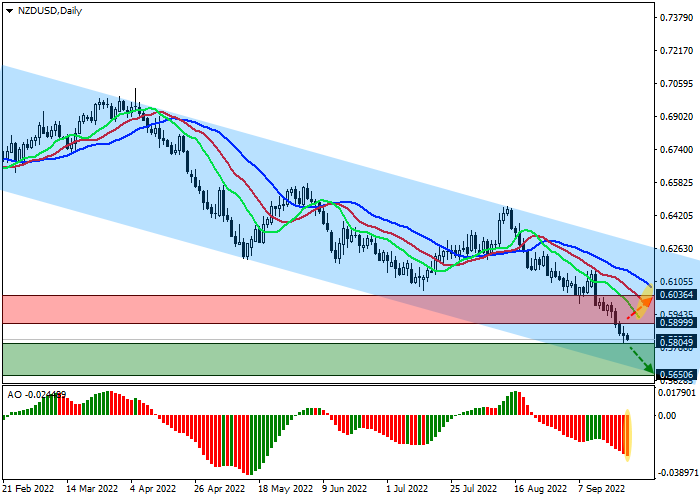SOLIDECN
Senior member
- Messages
- 3,041
- Likes
- 0

Gold - Candlestick Analysis
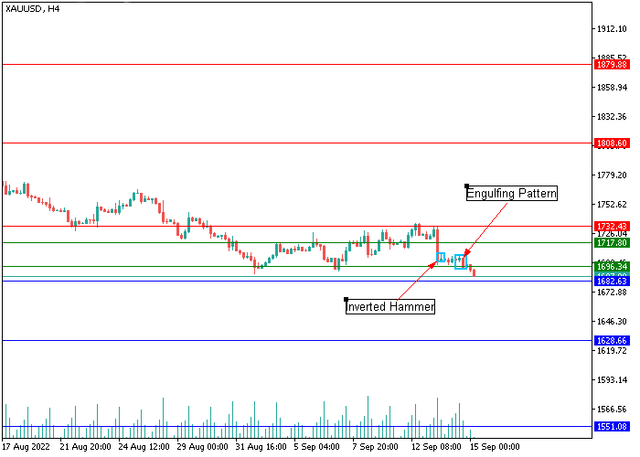
H4
On the four-hour chart, there is the formation of an Inverted Hammer reversal pattern at the level of 1696.34; however, the attempt of the "bulls" to seize the initiative in the XAU/USD pair was unsuccessful. This can be seen in the formation of a Bearish Engulfing pattern, which showed that the market is still under the influence of sellers. The appearance of opposite figures states uncertainty, and in the current situation the price may reverse at the support level of 1682.63 and head higher to the resistance level of 1732.43, overcoming of which will open the way for the "bulls" to the zone of 1808.60–1879.88. An alternative scenario is likely if the price breaks down the support level of 1682.63, then the instrument may drop to the area of 1628.66–1551.08.
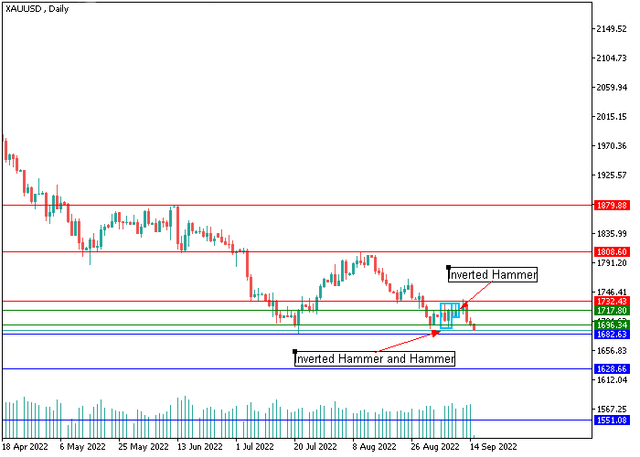

D1
On the daily chart, at the level of 1696.34, there is the formation of Inverted Hammer and Hammer candlestick analysis patterns, which warn of a likely price reversal upwards, and at the moment, at the level of 1717.8, another Inverted Hammer model is being built. After a long decline in the asset, the price has probably reached the bottom and is preparing for a reversal. In the current situation, it seems possible to restore quotes to the level of 1732.43, overcoming which will allow the price to strengthen to the area of 1808.6 – 1879.88.
Support levels: 1682.63, 1628.66, 1551.08 | Resistance levels: 1732.43, 1808.6, 1879.88
Support levels: 1682.63, 1628.66, 1551.08 | Resistance levels: 1732.43, 1808.6, 1879.88

